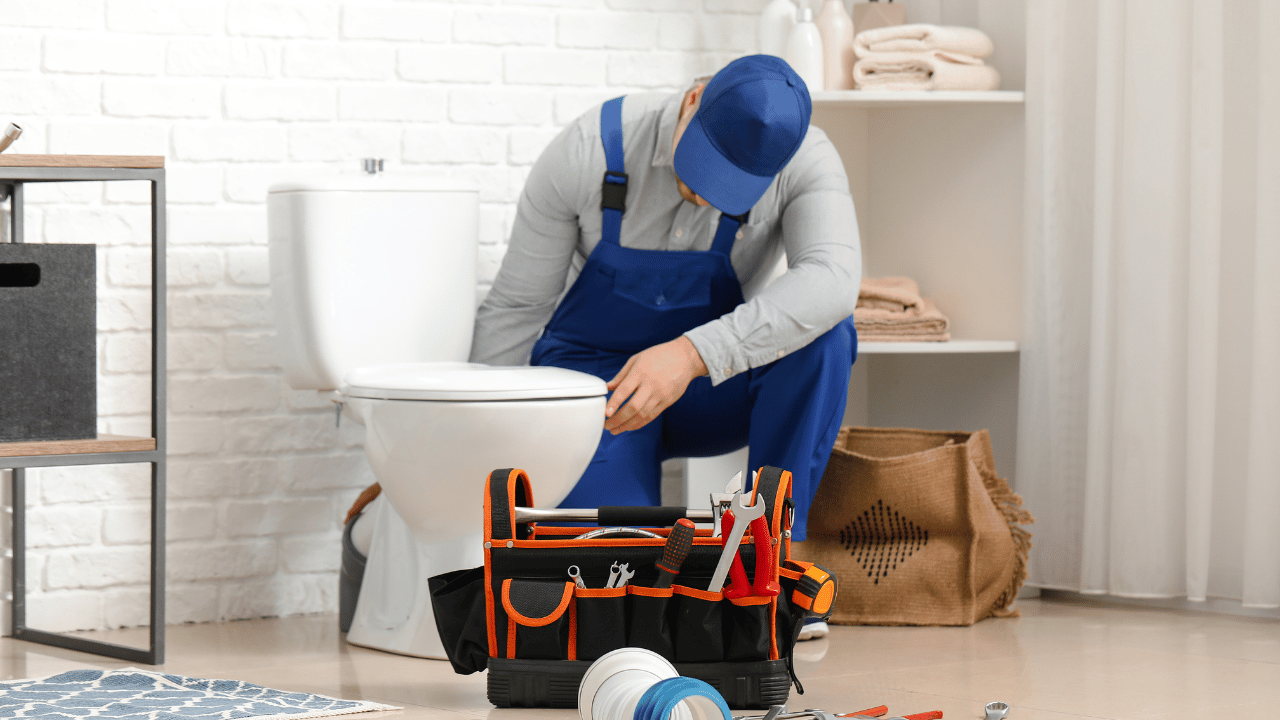Last Updated on October 21, 2023 by Pro Handyman Australia – Editorial Team
Every homeowner knows the importance of a functioning toilet. It’s an essential part of our daily lives, yet many of us are often caught off-guard when minor issues arise. From a constantly running toilet to an unexpected leak, these issues can lead to wasted water, higher bills, and even potential damage if not addressed promptly. But fear not, homeowners! With a few basic tools and some know-how, many common toilet troubles can be tackled without the need for a professional plumber. This guide will walk you through essential toilet repair tips, ensuring that you’re well-equipped to handle those unexpected hiccups in your bathroom sanctuary.
Toilet’s Common Problems and How to fix it
Facing the Drip: Tackling a Leaky Toilet
Among the most frequent bathroom plumbing woes, leaky toilets stand out for their ability to turn a clean space into a watery mess. Unattended leaks can cause significant damage. If you suspect a leak, a clever trick involves adding food coloring to the tank and watching for any color seeping into the bowl during a flush. Leaks can also be traced to an overflowing toilet, often necessitating a flapper replacement or the assistance of a professional Detroit plumber.
Banishing Clogs: Battling the Blocked Toilet
Dealing with a clogged toilet is an inevitable rite of passage for homeowners. While not the most glamorous task, unclogging a toilet can be a manageable endeavor with the right approach. Employ the trusty plunger first, and if the blockage persists, consider using hot water or a drain snake. For stubborn clogs, enlisting the expertise of a seasoned plumbing service is your best bet.
Cracks and Complications: Handling a Cracked Toilet Bowl
Water pooling around your toilet or difficulty maintaining water level are signs of a cracked toilet bowl. Most toilet bowls are made of porcelain, making repairs near impossible. To prevent potential water damage, swift action is essential—contact a reliable Detroit plumber for toilet replacement.
Flush Frustrations: Overcoming a Weak Flush
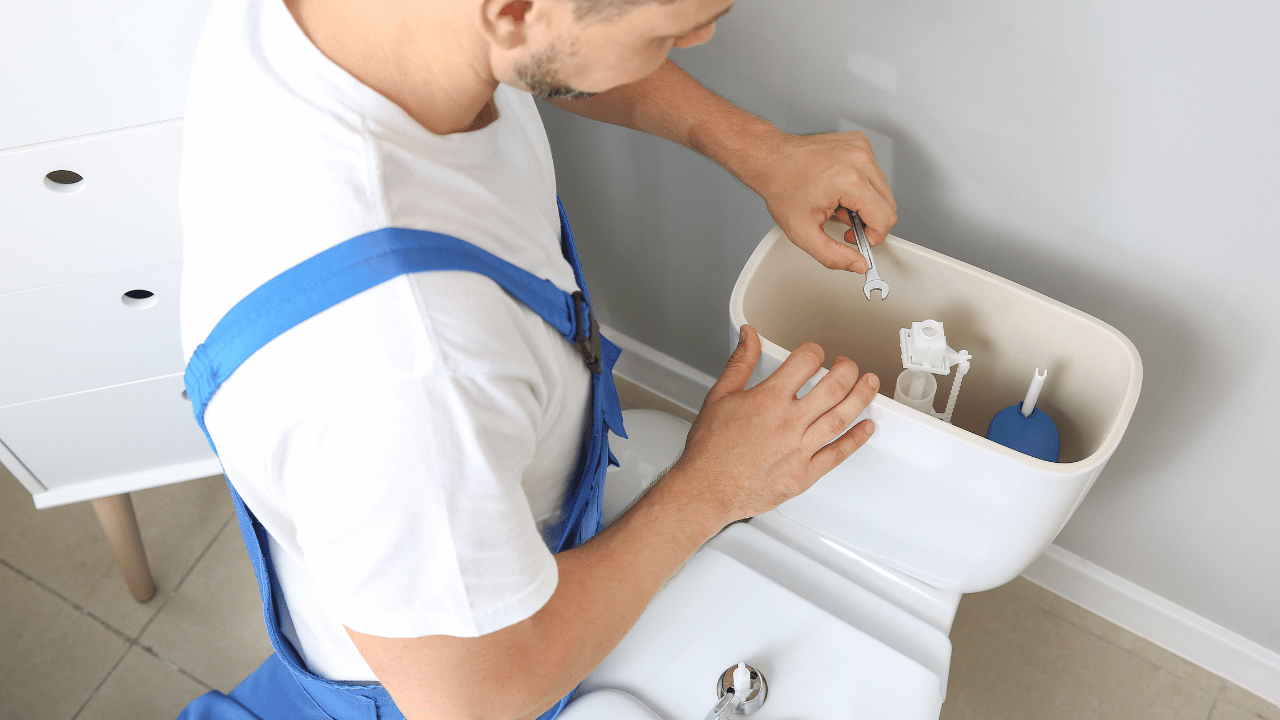
An effective flush is fundamental to a functioning toilet. If you notice a weak flush, a compromised leach field might be to blame. The leach field’s role in eliminating contaminants from water is crucial, and any disruption can lead to persistent plumbing issues. Addressing a sluggish flush promptly can save you from headaches down the line.
Stability Matters: Rectifying an Unstable Toilet
A wobbly toilet is not just a nuisance; it can signal a loosened anchor. To prevent potential accidents, it’s advisable to consult plumbers in Detroit MI to assess the situation. Swift toilet replacement may be the best solution to ensure safety and stability.
Refill Quandaries: Troubleshooting a Non-Refilling Toilet
A toilet bowl that refuses to refill after flushing can be attributed to various causes, including a damaged fill tube, cracked toilet bowl, faulty fill valve, or vent issues. Diagnosing the exact issue requires expertise, making a professional plumbing service the best resource.
Unexplained Running: Taming the Running Toilet
Ever heard an unexplained toilet running? Don’t fret; it’s usually an internal leak or a minor chain adjustment within the tank. Solving this mystery is often a simple fix that can restore peace to your bathroom.
Sweaty Summer Woes: Managing a Sweaty Toilet
High humidity regions often experience sweaty toilets in warmer months. Condensation forming on the toilet tank exterior can lead to floor drips. A remedy involves plumbers in Detroit MI installing an insulated toilet tank, tackling the problem at its root.
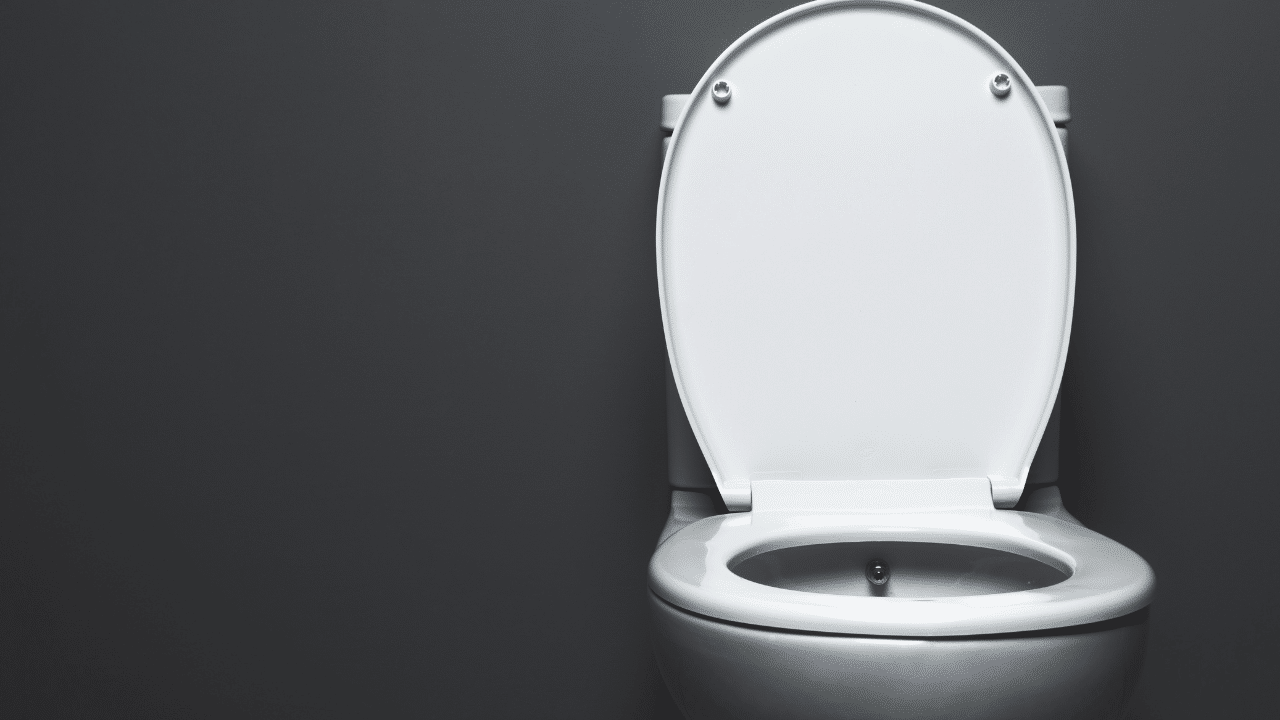
When in Doubt, Call a Pro: Seeking Professional Assistance
While DIY fixes can be tempting, a malfunctioning toilet is best handled by professionals. A local Detroit plumber possesses the skill and tools to address toilet plumbing issues effectively. With toilets being an integral part of daily life, a quick resolution is essential.
Embracing Preparedness: A Homeowner’s Toilet Repair Guide
Toilet issues may strike at inconvenient times, but armed with knowledge and foresight, you can navigate these challenges seamlessly. This guide equips you to tackle toilet problems and understand the importance of swift action and professional assistance when needed. With this knowledge, you’re poised to maintain a well-functioning and stress-free bathroom environment.
The Mechanics of a Toilet: Understanding its Functionality
One might seldom think about it, but the operation of a standard toilet is a marvel of simple physics and ingenious engineering. Primarily relying on gravity and a siphoning action, the toilet ensures effective waste disposal. Let’s break down its functional aspects and the parts involved.
1. The Role of Water in the Toilet
The toilet bowl is typically half-filled with water, while an additional reserve is stored in the overhead tank. During a flush, initiated by pressing the handle, the flapper (acting as a seal between the tank and bowl) is lifted. This action allows water from the tank to rapidly fill the bowl. Due to the sudden influx of water, the contents of the bowl are compelled to flow out through the drain.
2. Refilling Mechanism
Once the flush is completed, the flapper returns to its original position, sealing off the tank. Concurrently, fresh water from an external supply line starts filling the tank. The inflow ceases when the water reaches a specified level, setting the toilet up for its next use.
3. Key Components of the Toilet
- Tank: Essentially the toilet’s reservoir, the tank holds sufficient water to ensure a complete and effective flush.
- Trap: Situated below the bowl, this curved segment of the drain retains the water within the bowl, releasing it only during a flush. Its design ensures a standing level of water in the bowl, providing a barrier against sewer gases.
- Flapper: Acting as a gateway between the tank and the bowl, the flapper rises during a flush, allowing a rush of water into the bowl and subsequently settles back post-flush, sealing the tank.
- Float: Within the tank, the float is a buoyant component that rises with increasing water levels. Upon reaching the predetermined height, it triggers the cessation of water inflow. This part might also be referred to by other names such as a “ball cock” or a “fill valve.”
- Handle: The most interacted-with part of the toilet, this lever is responsible for initiating the flushing action by lifting the flapper inside the tank.
- Bowl-to-floor Seal: Often termed the “wax ring,” this pliable seal is positioned between the toilet’s base and the drainpipe. Its purpose is to prevent any potential water leakage from the base of the toilet.
Why You Should Know How Common Toilet Problem Fixes

As a homeowner, understanding how to address common toilet problems is an essential skill that can save you from unnecessary stress, inconvenience, and unexpected expenses. Toilets are integral to our daily routines, and when they malfunction, they can disrupt the comfort and functionality of our homes. Here’s why knowing how to fix common toilet issues is a valuable asset:
1. Immediate Problem Resolution: Avoiding Disruption
Toilets have an uncanny knack for acting up at the most inconvenient times. Whether it’s a leak, a clog, or a flush malfunction, these problems can disrupt your daily life and routine. By knowing how to troubleshoot and fix these issues, you can swiftly restore normalcy without waiting for professional assistance. This not only prevents unnecessary inconvenience but also maintains the smooth functioning of your household.
2. Cost Savings: DIY vs. Professional Services
Hiring a professional plumber every time a toilet issue arises can lead to significant expenses over time. Simple fixes like unclogging a toilet or replacing a flapper can be easily managed by yourself, saving you money in service charges. By mastering these basic repairs, you’ll have greater control over your household budget and avoid unnecessary expenditures.
3. Timely Intervention: Preventing Further Damage
Addressing toilet problems promptly is crucial to prevent minor issues from escalating into major plumbing disasters. A small leak or a slow flush, if left unattended, can lead to extensive water damage, mold growth, and structural issues. When you know how to fix common problems, you can take immediate action to prevent these problems from worsening and causing more damage to your home.
4. Confidence and Empowerment: Tackling Home Maintenance
Having the ability to fix common toilet problems provides a sense of accomplishment and empowerment. It eliminates the need to rely solely on external help for minor repairs, giving you greater control over the maintenance of your home. This can boost your confidence in handling other household tasks, fostering a sense of independence and self-reliance.
5. Convenience: No Waiting for Professional Help
When a toilet issue arises, waiting for a professional plumber’s availability can be frustrating. Having the skills to address common problems means you won’t have to put your life on hold while waiting for assistance. You can quickly resolve the issue and continue with your routine, saving you time and minimizing disruptions.

6. Preparedness for Emergencies: Handling Unforeseen Situations
Emergencies can strike at any time, and knowing how to fix common toilet problems prepares you to handle unexpected situations. Imagine a toilet clogging during a gathering at your home; having the knowledge to address the issue can prevent embarrassment and discomfort.
7. Extended Lifespan of Fixtures: Proper Maintenance
Regular maintenance and timely repairs can extend the lifespan of your toilet fixtures. Fixing minor issues prevents wear and tear from progressing, ensuring that your toilet remains in good working condition for longer periods. This means fewer replacements and fewer expenses in the long run.
Essential Toilet Maintenance Tips for Homeowners
Toilet maintenance is a vital aspect of ensuring the longevity and efficient functioning of one of the most frequently used fixtures in any home. As residents of Louisville, Kentucky, can attest, unexpected toilet problems can be a real inconvenience. However, the good news is that with diligent maintenance, the frequency and severity of these issues can be significantly reduced.
While toilet maintenance might not be a thrilling task, it undeniably ensures the prolonged health of your toilet and can spare homeowners the stress of unexpected issues. Let’s dive into the common toilet problems and their solutions to equip you with the knowledge you need.
Understanding Common Toilet Problems
Before we delve into maintenance tips, it’s essential for homeowners to familiarize themselves with why toilets might malfunction. Recognizing these problems and their symptoms can pave the way for timely interventions, preventing minor issues from escalating.
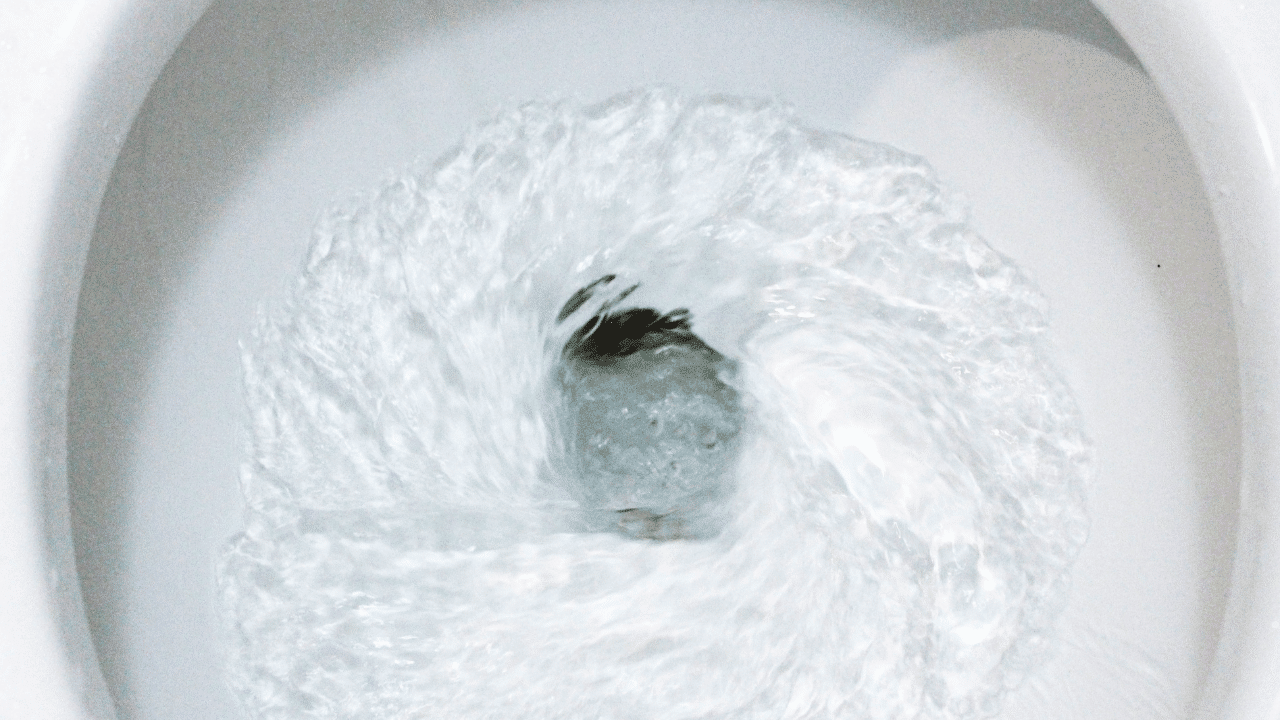
- Weak Flush or Slow Draining Bowl: A bowl that drains slowly, often referred to as a weak flush, usually results from clogs in the holes under the rim. To tackle this, you can use a wire tool like a hanger to carefully remove the obstruction. Using a mirror can help guide the wire and prevent any unwanted scratches on the bowl.
- Hissing Sound from the Tank: If you notice a hissing sound emanating from your toilet tank, the culprit might be water trickling from the supply. This sound can be a sign of problems with the float, refill tube, ballcock, or inlet valve. While some homeowners might feel comfortable addressing these issues, it’s often best to engage a professional plumber for a thorough fix.
- Leaks Due to Deteriorated Seals: Seals play a crucial role in preventing leaks. Over time, these seals can deteriorate, leading to potential water damage. As toilets have multiple seals, it’s essential to ascertain the source of the leak and then address the problematic seal.
- Persistent Clogs: Arguably one of the most common (and dreaded) toilet problems, clogs can be a persistent issue for many homeowners. While poor maintenance can be a factor, clogs can also arise from inappropriate items being flushed. Familiar tools like plungers can resolve most clogs, but for more stubborn blockages, snakes and augers can be effective.
- Phantom Flushes or Trickling Water in the Bowl: A toilet that refills without being flushed exhibits what’s termed a “phantom flush.” This phenomenon typically occurs when water leaks from the tank into the bowl, causing it to refill. Often, a faulty flapper is to blame for these unnecessary refills.
Arming yourself with knowledge about these common problems and their solutions can significantly reduce the frequency of issues you encounter. And while many of these problems have DIY solutions, never hesitate to call in a professional if you’re unsure or if the problem persists.
The Significance of Regular Toilet Maintenance
While the importance of maintaining household fixtures like the HVAC system or electrical outlets is widely recognized, the significance of consistent toilet maintenance often goes unnoticed. However, it’s worth noting that, much like other essential household systems, your toilet greatly benefits from regular care and attention.
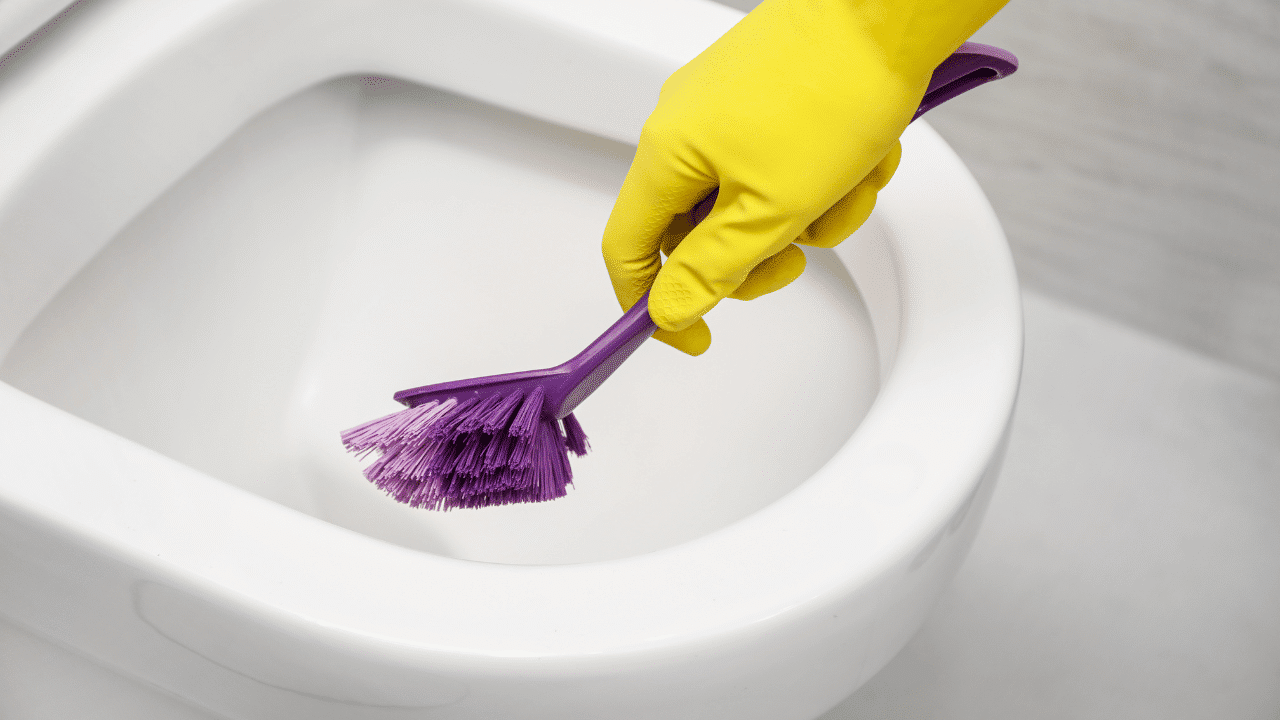
Advantages of Diligent Toilet Upkeep
Contrary to the belief of some homeowners, routine toilet maintenance has a plethora of advantages. Here are some reasons why prioritizing this often-neglected task is crucial:
- Prevention is Better Than Cure: Many common toilet issues can be entirely prevented with regular checks and minor interventions. This proactive approach not only saves time and effort but also avoids potential disruptions.
- Safeguarding Against Water Damage: A well-maintained toilet minimizes the risk of issues that can lead to water damage in your home. Ensuring your toilet is in top condition can protect your home from such costly repercussions.
- Increased Efficiency and Fewer Malfunctions: When a toilet is regularly serviced, it operates more efficiently and is less prone to malfunctions. Homeowners who adhere to a consistent maintenance routine often encounter fewer issues than those who neglect it.
- Enhanced Longevity: Regular maintenance extends the lifespan of your toilet. This means fewer replacements and repairs in the long run, translating to savings on both time and money.
Integrating Maintenance into Your Routine
To reap the full benefits of a well-maintained toilet, it’s advisable to include toilet care in your monthly home maintenance regimen. Beyond DIY care, consider scheduling periodic professional check-ups for your entire plumbing system. This holistic approach ensures that minor, easily preventable issues don’t escalate into major, costly problems. Remember, it’s always more cost-effective to maintain than to mend or replace.
Essential Toilet Maintenance Practices
For homeowners, ensuring the longevity and functionality of the toilet and the overall plumbing system is crucial. Fortunately, the following maintenance practices are straightforward and can be effortlessly integrated into your monthly routine. By adhering to these guidelines, you can mitigate a majority of commonplace toilet issues.
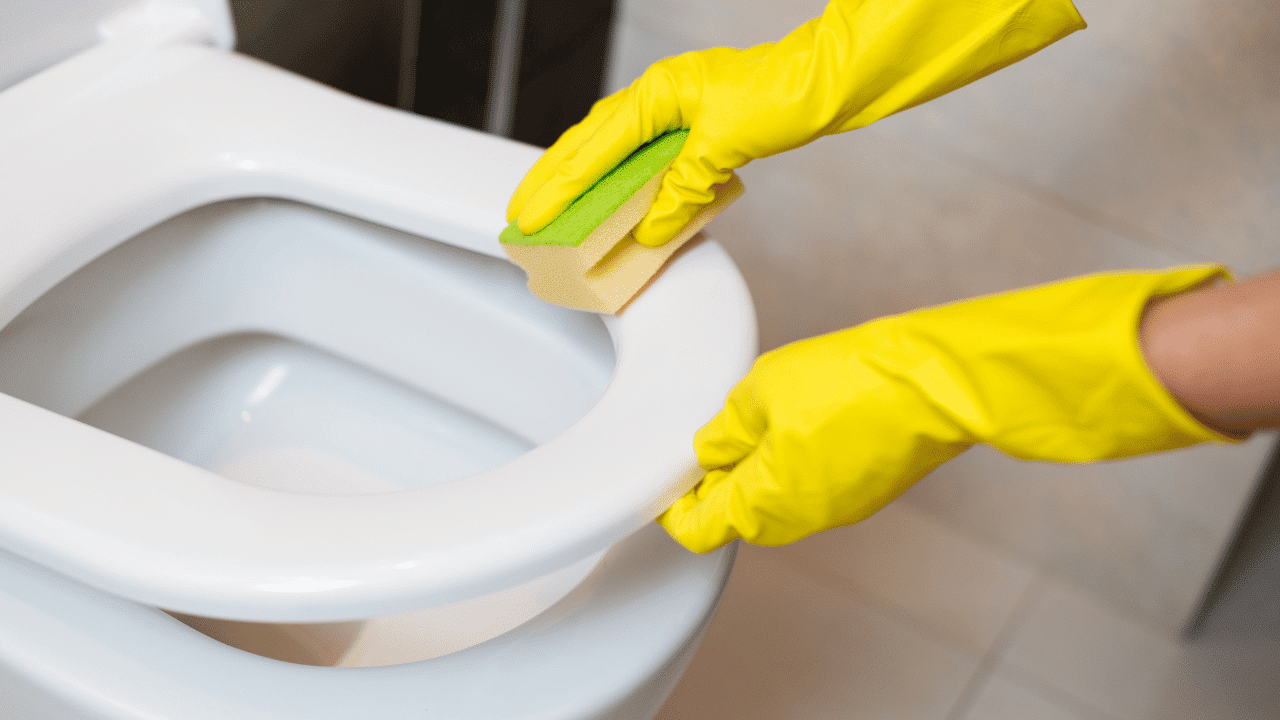
Proper Disposal Habits
One of the fundamental rules for toilet maintenance is to dispose of waste appropriately. Only human waste and toilet paper should be flushed down the toilet. Refrain from flushing items like feminine products, diapers, cotton balls, swabs, paper towels, and other paper-based products. These materials cause blockages more rapidly compared to the typical waste and toilet paper.
Regular Cleaning
It might seem rudimentary, but many homeowners overlook the importance of consistent toilet cleaning. A regularly cleaned toilet is less prone to clogs both in the bowl and beneath the seat rim. Furthermore, habitual cleaning ensures the toilet remains easier to clean over time.
Routine Leak Inspections
Leaks can manifest in numerous areas of a toilet. It’s imperative to regularly inspect your toilet for potential leaks to address them promptly, preventing significant fixture malfunctions. Examine every part of the toilet, both internally and externally. To identify tank leaks, a simple test involves adding food coloring to the tank and waiting for 30 minutes. A change in the bowl’s water color indicates a leak, which usually requires a plumber’s intervention.
Invest in Water Softeners
Hard water, laden with minerals like calcium, can eventually clog pipes and expedite the wear and tear of toilet components, such as seals. Using a water softener can help in mitigating the detrimental effects of these minerals, thus prolonging the life of your toilet and plumbing.
Monitor the Fill Valve
The fill valve, situated within the tank, regulates the water intake during refills. To test its efficiency, remove the tank lid and activate the flush. Should the fill valve persist in releasing water past the designated level, it might indicate a need for repair or replacement. Consulting a plumber can provide clarity on the issue.
Choose Gentle Cleaners
While many chemical cleaners boast of their potency in unclogging or cleaning toilets, they often contain aggressive chemicals that may corrode the plumbing. Persistent usage can lead to leaks or even pipe ruptures. It’s advisable to opt for milder alternatives for both cleaning and unclogging tasks.
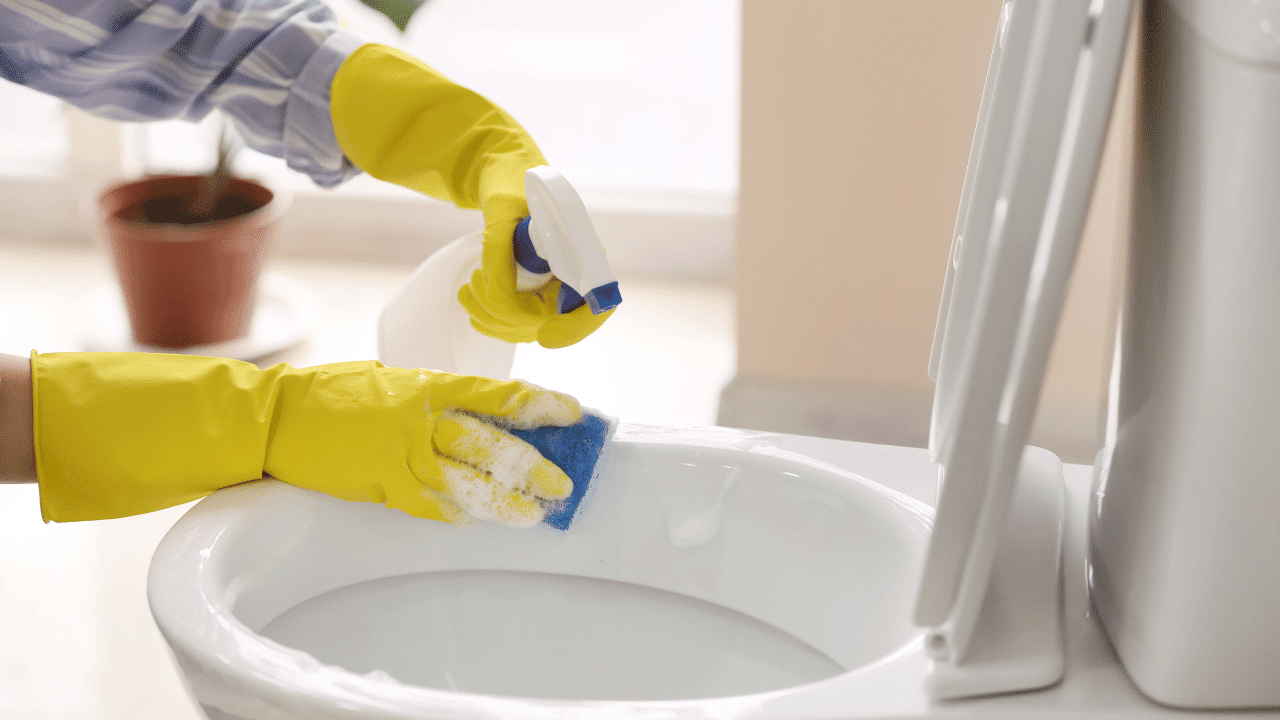
Inspect the Shut-off Valve
A functional shut-off or stop valve is essential as it controls the water supply to the toilet. Situated either below or behind the toilet, this valve should operate smoothly without resistance. Regular monthly checks ensure its efficacy.
Schedule Professional Maintenance
Despite the aforementioned practices, it’s essential to have a plumbing professional inspect the toilet annually. Their expertise enables them to detect and rectify subtle issues that might escape the untrained eye, ensuring the optimal performance of your toilet and related plumbing fixtures.
Conclusion

In conclusion, this guide has emphasized that homeowners have the ability to be proactive participants in maintaining their households. By arming themselves with essential toilet repair tips, they can navigate common challenges, foster a sense of empowerment, and contribute to the overall well-being of their homes. Whether it’s a leak, a clog, or a weak flush, homeowners are now equipped with the knowledge to take charge and keep their toilets in optimal condition. With the power to address toilet problems effectively, homeowners are well on their way to becoming adept stewards of their living spaces.
